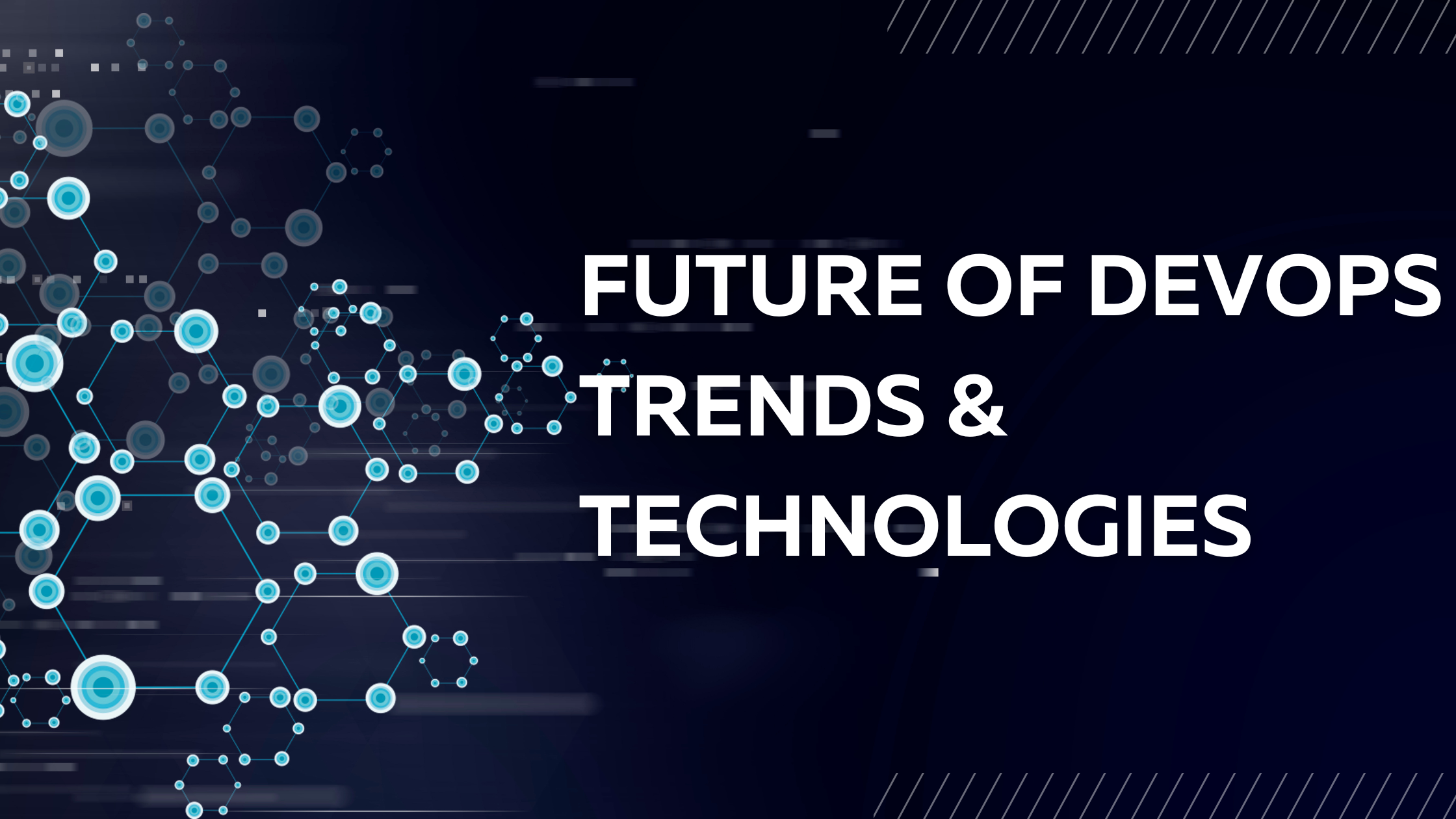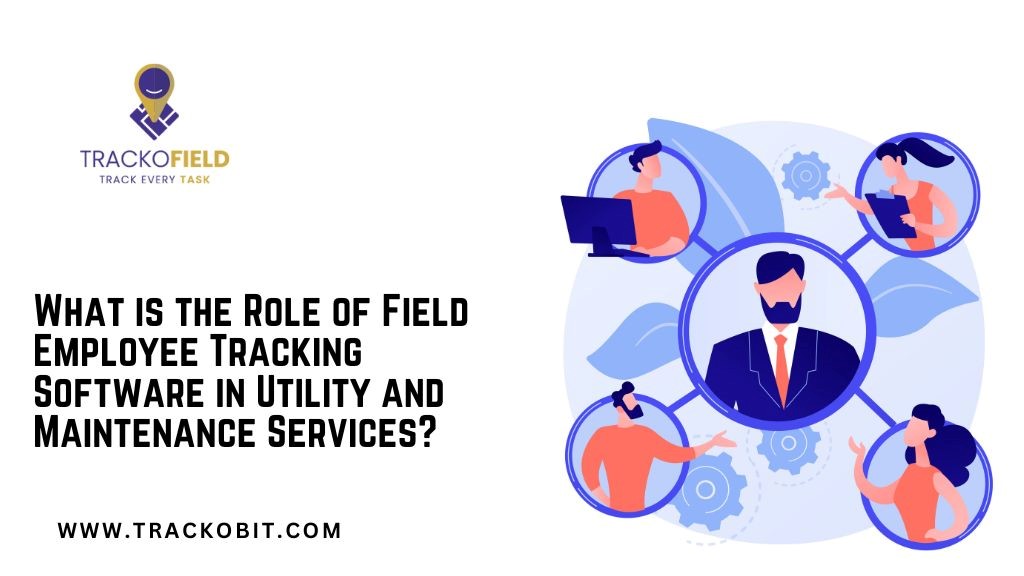
Organizations now approach software development and IT operations differently thanks to DevOps. Software may be delivered more quickly and effectively by enterprises thanks to DevOps, which emphasizes continuous delivery, automates procedures, and encourages collaboration between development and operations teams. To stay ahead of the curve in this ever-changing industry, firms must develop a thorough DevOps roadmap going forward. Software may be delivered by enterprises more quickly and effectively thanks to DevOps' emphasis on continuous delivery, workflow automation, and collaboration.
In the post today we're exploring new DevOps trends and technologies that are emerging as the digital landscape keeps changing, with the potential to further transform the DevOps area. These themes include the growing significance of DevSecOps, the merging of AI and machine learning, and the emergence of Infrastructure as Code.
What is DevOps?
Software development and information technology operations are combined to make DevOps. Your teams may operate more effectively with fewer redundancies when you integrate DevOps into the way your company operates. This gives you more control over the entire pipeline.
This is especially important because apps are playing a bigger and bigger role in how businesses operate, and the development of mobile applications depends heavily on your team's ability to quickly respond to customer needs. Utilizing a reliable web hosting control panel can significantly streamline this process, allowing for expedient and logical changes to your application.
There is a growing correlation between the future of business and the future of DevOps. While it is impossible to forecast with certainty how the approach will develop over the next several years, there are a few DevOps-related future trends we may anticipate.
Top 8 DevOps Trends to Look Up in 2024
Exploring these most prominent DevOps Trends that you must be aware of in 2024.
1. DevSecOps: Integrating Security into DevOps
Businesses have utilized the DevSecOps lifecycle to enhance security, a significant challenge in the digital era. It has also been employed to simplify observability and governance. Code reviews, vulnerability tests, and risk assessments are examples of early development security procedures that are incorporated into DevSecOps to find and fix possible security flaws before they become serious issues.
To ensure that security is a proactive and essential component of the development process rather than an afterthought, this trend places a strong emphasis on collaboration between the development, security, and operations teams.
Here's a very interesting example for you: Owing to its more than 800 million downloads, the game-changing phenomenon of Pokemon Go encountered liability concerns. It collaborated on development and shared security compliance duties with Niantic, even though GDPR demands that minor users safeguard their privacy. As a result, a collaborative and security-focused culture emerged, utilizing DevSecOps integrated automation for security audits. This cultural paradigm contributed to the billions of children's privacy being protected.
2. GitOps
To guarantee that any changes made to the production environment are collaborative, version-controlled, traceable, and auditable, GitOps places a strong emphasis on using Git repositories to store declarative infrastructure and application code. Organizations may automate the deployment process and increase its efficiency, dependability, and scalability by implementing GitOps techniques.
3. AIOps
Another trend is Artificial Intelligence for IT Operations, or AIOps, is a key element of DevOps processes that optimizes and automates IT operations by combining AI and machine learning. Through the real-time analysis of massive volumes of data from several systems and applications, AIOPS assists enterprises in optimizing their workflows, increasing productivity, and improving overall performance.
One of the most popular DevOps future trends is this one, which HCL has integrated into a platform called DRYiCE IntelliOps. It is a solution that transforms HCL customers from reactive to proactive by addressing the enterprise's full-stack AIOps and observability requirements. They accomplished this by increasing visibility into the infrastructure and assisting with issue management.
4. Infrastructure as Code (IaC)
We are redefining infrastructure management and configuration with Infrastructure as Code (IaC). In simple terms, Infrastructure as a Service (IaC) allows you to design and manage infrastructure through code, which facilitates consistent and error-free setup and repetition. This approach reduces mistakes and enables teams to swiftly modify infrastructure as needed.
IaC has become essential for current DevOps teams due to cloud computing and sophisticated IT configurations. By approaching infrastructure as code, you may apply the same methods for deployment, testing, and version control as are used in software development. To reduce issues and increase reliability, this ensures that all modifications are thoroughly examined and tested before going online.
IaC enables teams to swiftly scale up or down resources, enhancing adaptability and efficiency in cloud systems, and ensuring seamless application operation and swift response to business demands.
6. The Role of Kubernetes and Containerization
The industry standard for container orchestration, Kubernetes provides a lightweight, portable package for consistency across development, testing, and production environments while facilitating the easy management and scalability of containerized applications for enterprises.
Containerization is gaining popularity due to microservices architectures, which can be easily deployed, updated, and scaled.
Kubernetes also optimizes resource efficiency and helps organizations save money. By dynamically allocating resources according to workload needs, Kubernetes maximizes resource utilization and reduces infrastructure expenses. This is especially helpful in cloud environments, where companies may make use of Kubernetes' horizontal application scaling features.
5. Serverless Architecture
DevOps trends like microservice design simplify big applications into manageable components, which improves product quality and aligns with DevOps principles. This event-driven model makes applications that are highly durable and scalable and can react quickly to user requests. Such utility is what makes the serverless architecture even better for custom AI solution development. It helps developers focus on writing code rather than managing infrastructure. This method was used by Coca-Cola to manage its extensive product line.
Importance of Staying Updated with DevOps Trends
Being competitive in the current world requires staying up to date with the latest DevOps trends. Businesses that follow these trends can:
- Increase responsiveness and agility by making quick adjustments in response to changing market conditions and customer needs.
- Deliver secure, error-free apps by leveraging automation and continuous testing to raise the quality of software.
- Promote collaboration: Promote easy collaboration between the development and operations teams.
- Reduce time to market by releasing software faster and taking advantage of opportunities when they present themselves.
- Lower operating costs Increase resource efficiency by automating labor-intensive processes.
Endnote: What Can we Expect from DevOps in the Future?
DevOps has a bright future lying ahead of it, as it can revolutionize software development practices across the globe. The principles included in DevOps allow software teams to collaborate effectively and produce high-quality products on time. Businesses need to be flexible to stay competitive as technology develops further, and DevOps is a crucial tactic for optimizing software development.
Firstly, containers will be integral to the way apps operate, maybe taking the lead in DevOps development and operations. Technologies that enable apps to operate independently of traditional servers may also be introduced. Microservices will enable applications to be more flexible and adaptive. However, over time, these technological developments might also increase the complexity of system management.
DevOps workflows and tools will evolve as container-based and cloud applications become more widespread, with web-based Integrated Development Environments (IDEs) becoming available through Software as a Service (SaaS) platforms.
A major trend shaping the future of DevOps is the growing use of artificial intelligence and machine learning. These technologies can automate many repetitive tasks performed by developers and operations teams, allowing them to focus on more complex work.
Lastly, emerging technologies like microservices and containerization will keep improving software development's scalability, robustness, and adaptability. Microservices break up large, complicated programs into smaller, more manageable services, while containerization integrates an application and its dependencies into a portable, cross-platform unit.



